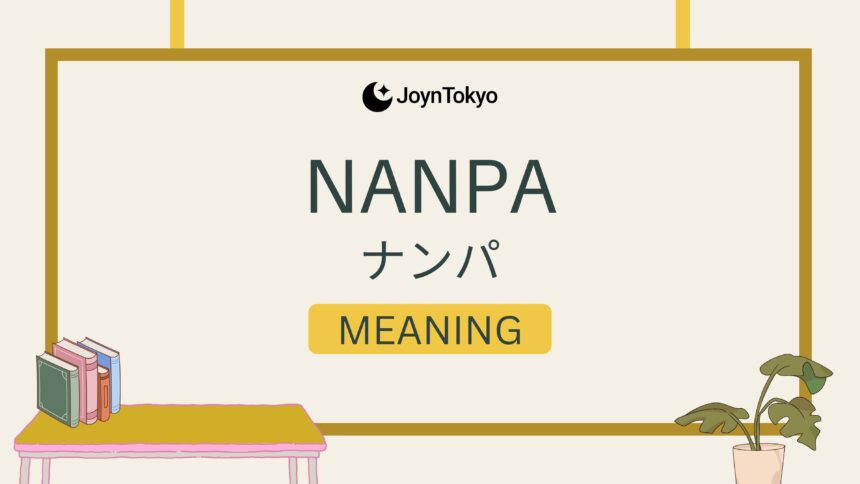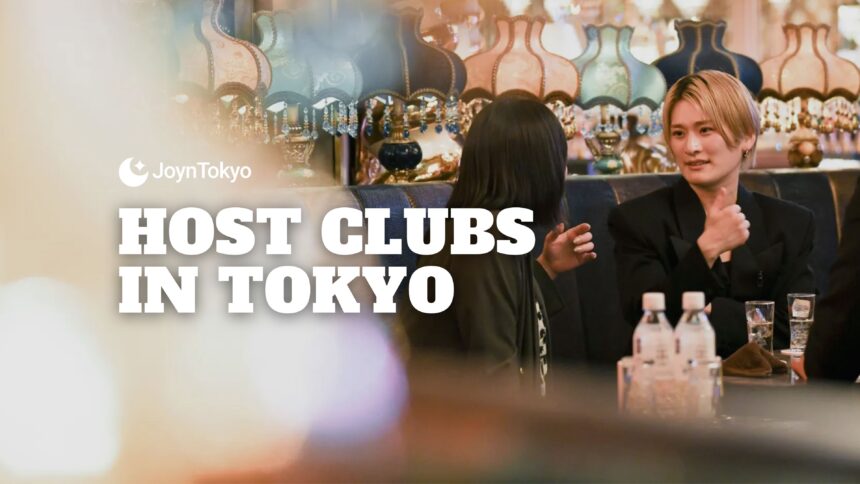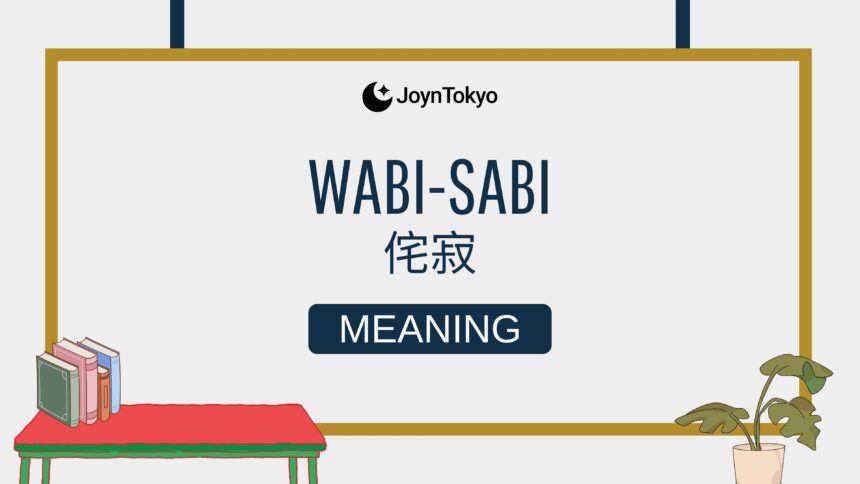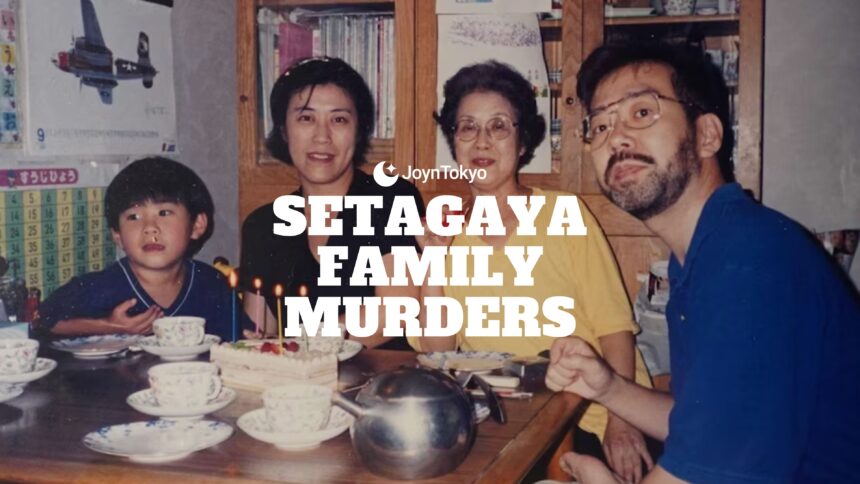You’ll often hear stories of people being approached by strangers in Tokyo or Osaka — a bold move known as nanpa (ナンパ). It describes those spontaneous encounters that sit somewhere between flirting and social daring, making it one of Japan’s most talked-about dating customs.
Let’s unpack what nanpa really means, how it works, and what role it plays in modern Japanese dating culture.
What Nanpa Really Means
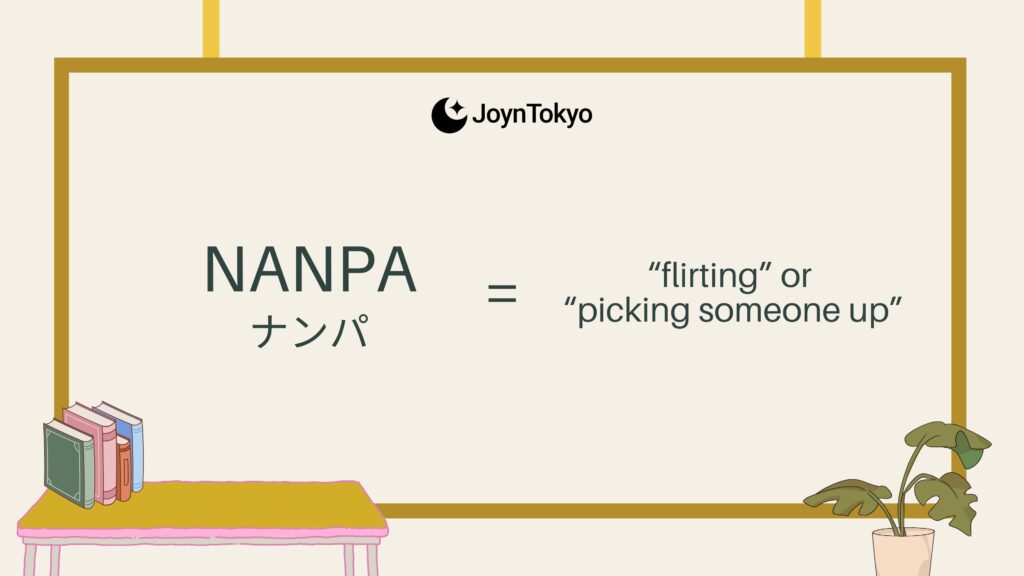
The word nanpa (ナンパ) is Japanese slang for “flirting” or “picking someone up”, usually on the street or in public spaces. It originally came from the term nanpa (軟派), which literally means “soft faction” — once used in the 20th century to describe men who were more interested in fashion and romance than politics or academics.
Over time, it shifted in meaning. Today, when someone says nanpa suru (ナンパする), it means to approach or hit on someone, often with romantic or playful intentions.
It can sound cheeky, even daring, but it’s deeply woven into Japan’s youth and nightlife culture.
How Nanpa Usually Happens
If you imagine a guy nervously approaching a woman near Shibuya Crossing or the entrance of a karaoke bar — that’s textbook nanpa.
It typically goes like this:
- Approach: A man spots someone he finds attractive, walks up, and starts a light conversation.
- Compliment: He might comment on her style, smile, or just say something casual like “Where are you headed?”
- Invitation: If the mood feels right, he may invite her for coffee, karaoke, or a drink nearby.
While the interaction is short, it’s a social skill in itself — balancing charm, timing, and respect.
Is Nanpa Considered Rude in Japan?
That depends. In Japan’s polite culture, context and tone are everything. If done respectfully and playfully, nanpa can be seen as harmless or even flattering. But aggressive or persistent behavior quickly crosses into being meiwaku (annoying or bothersome).
Because of that, nanpa has a mixed reputation. Some view it as youthful confidence and part of the nightlife scene, while others see it as outdated or even creepy.
Nanpa Spots in Japan
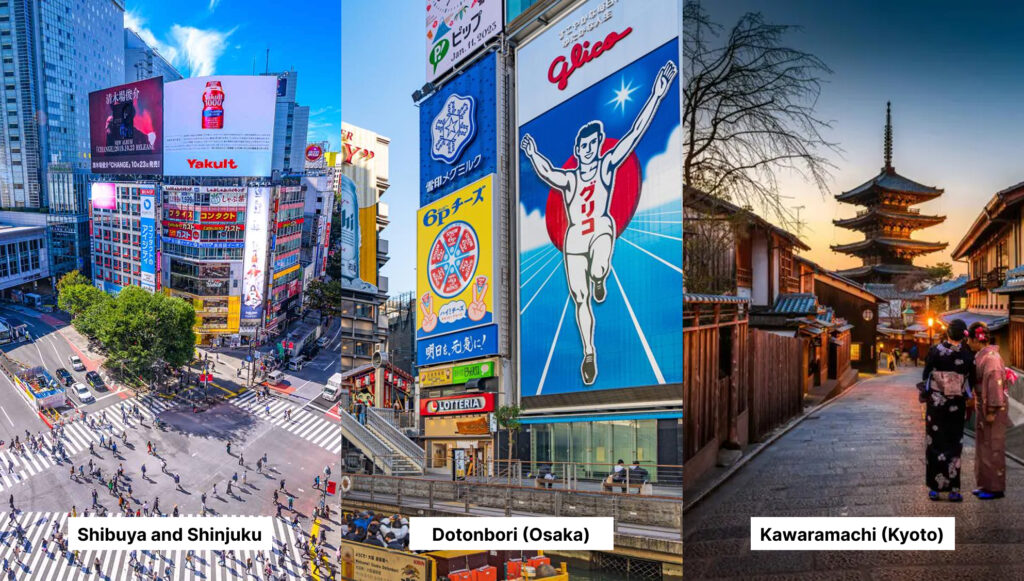
You’ll often hear about “nanpa zones” — busy social hubs where this kind of flirting is common. Popular spots include:
- Shibuya and Shinjuku (Tokyo): You’ll often see nanpa around Center Gai, Scramble Crossing, and Kabukicho, where nightlife, bars, and karaoke lounges keep the energy high late into the night.
- Dotonbori (Osaka): The area around Ebisu Bridge and Shinsaibashi-suji is known for outgoing locals who strike up conversations amid neon lights and takoyaki stalls.
- Kawaramachi (Kyoto): Around Sanjo-dori and Kiyamachi Street, university students and young couples mingle in cozy cafés and riverside bars — common spots for casual nanpa.
While these lively districts once defined Japan’s street flirting culture, the rise of online dating and social apps has made such spontaneous encounters less common than before.
Nanpa vs. Modern Dating Apps
In the past, nanpa was one of the few ways to meet new people outside school or work. Today, apps like Pairs, Tinder, and Bumble Japan have replaced much of that casual street flirting.
That doesn’t mean nanpa has disappeared — it’s just evolved. Many see it now as a more old-school, spontaneous form of flirting, compared to the algorithm-driven matching of online platforms.
Read More
The Line Between Nanpa and Harassment

It’s important to note that nanpa only stays fun and harmless when it’s consensual and respectful. Persistent or unwanted advances are considered harassment, not flirting.
In recent years, Japanese authorities have increased awareness around street safety, particularly in nightlife districts. As social norms evolve, respectful communication has become the new definition of charm.
At its best, nanpa represents a playful side of Japanese social life — a moment of courage, connection, and human curiosity. At its worst, it blurs into unwanted attention.
Understanding its meaning isn’t just about language — it’s a peek into how Japan balances tradition, politeness, and modern romance.
If you ever hear someone laugh and say “nanpa shite kita,” remember — it’s not only about a pickup attempt. It’s a tiny story about how connection still dares to happen face to face in Japan.

